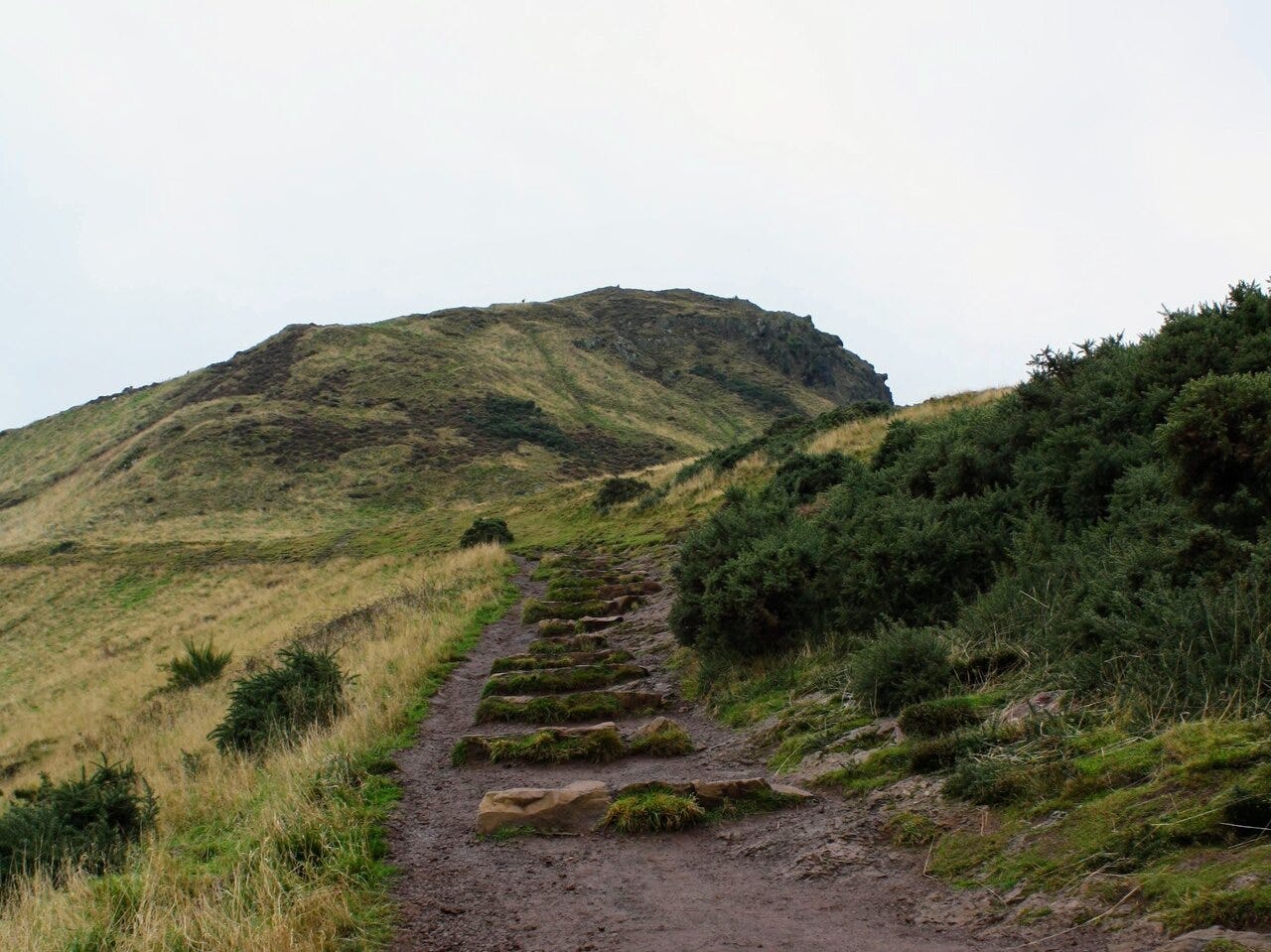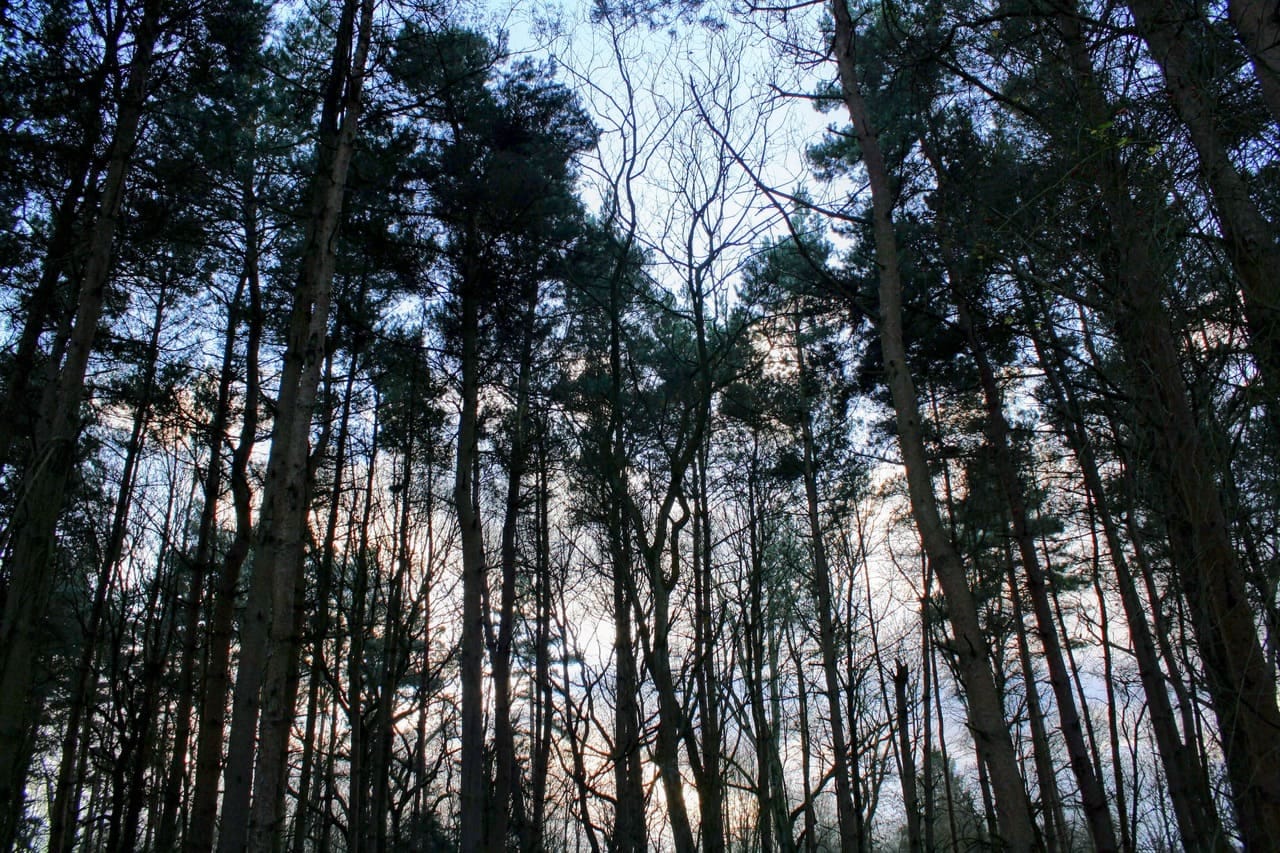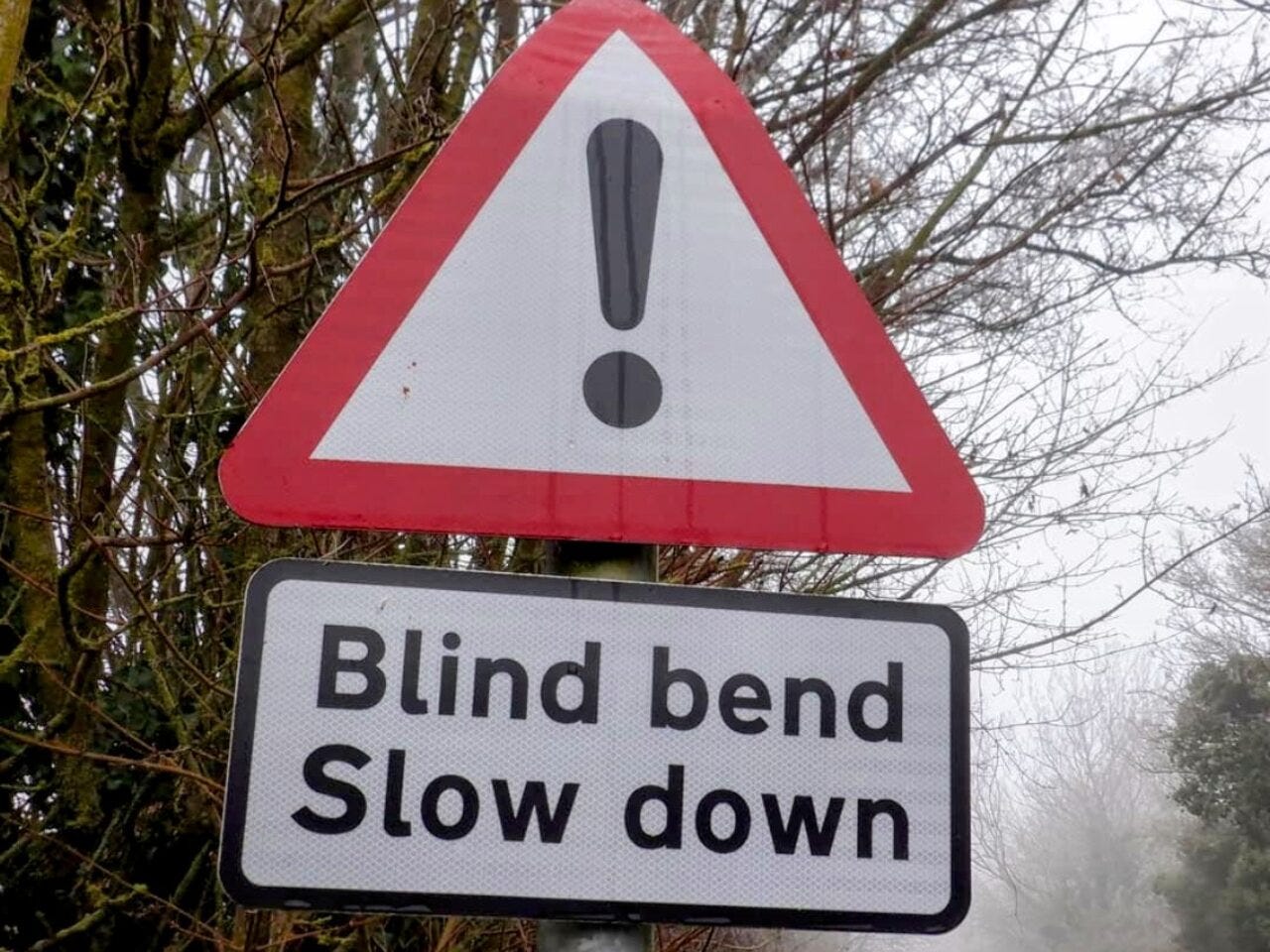Life is a journey. It’s a good metaphor, but it has its limits.
One problem is that the idea of life as a journey can fix our focus entirely on our destination. We walk through life in the hope that something waits for us at the end of our current path, whether it’s a revelation of meaning, a life-altering achievement or simply the gentle happiness of a contented life.
We keep on walking, day by day, in the hope of reaching somewhere new. So many of us are searching for places where everything will come together and the chaotic unpredictability of living can at last resolve itself into something meaningful.
But as we travel life’s byways, something magical is happening beneath our feet. Every step that we take is an opportunity to be present. Whether we’re setting out on a pilgrimage, wandering with intention or taking a stroll around the block, the path we follow has so much to teach us about ourselves and our place in the world.
Walking metaphorically or actually, I’ve come to see that purpose is found on the path itself.
Purpose and meaning
Death visited me when I was a child. Losing my mum at the age of nine profoundly shaped my view of life; I knew with a prematurely-adult understanding that my time was limited. I had experienced death as capricious, cruel and senseless. And I felt, deep in my heart, that if I was going to carry on living, I had to make my life meaningful.
For many decades, my life was shaped by the question why. To begin with, I was just asking grief-drenched questions about why death had arrived on my family’s doorstep as an unwelcome visitor. But as the shock of sudden bereavement passed, I realised that why had become a constant companion.
In many ways, why served me well. It led me to question everything, turn concepts on their head and shake hard at the tree of knowledge to see what fruit might fall from its branches.
But ultimately, I began to realise that my inquiries might not be wholly satisfied. Fate is well practised at avoiding the hard questions, preferring to drift silently in the misty lands of unknowing. I hoped that if I kept on searching for meaning in the shadow of death, eventually everything might make sense. But as I came to accept meaninglessness as unavoidable, the question why began to fall away.
“Doesn't everything die at last, and too soon?
Tell me, what is it you plan to do
with your one wild and precious life?”
Mary Oliver, The Summer Day
The idea of purpose arrived in my life as a gift. For the longest time, I mistook purpose for vocation, and imagined that it was only a useful tool for exploring the world of work. But a series of encounters with paths and poetry loosened my preconceptions.
Like a tree that nurtures countless lives around it, or an eel slipping through dark waters towards its mate, I too had a purpose: to find the ecological and psychospiritual niche that only I could fully inhabit. Along with every other human and more-than-human being that had ever drawn breath, I was born for something. Beyond making meaning in the shadow of death, I could find purpose in the service of life.
The question to ask was not why, but how.
If you're wondering about your own purpose, I want to share three practices that have helped me connect with the trail I make by walking: cultivating presence, embracing uncertainty and journeying inwards.
Cultivating presence
If my only goal is reaching the end of the path, my mind and heart reach their destination long before my feet. Instead, I’ve learned to shift my focus towards the present moment as I walk.
There are lots of approaches to mindful walking, and moving slowly can help. But practising presence is more important than managing pace. Can I be fully in the experience of walking, without mentally rushing ahead? My mind wanders, especially when it is mobile, so repeatedly bringing my focus back to the present moment is a constant challenge.
One tool that's helped me cultivate presence when I walk is to focus on my senses. Some sensory practices are obvious: looking at the changing view, smelling the flowers, listening to birdsong. Touch is often overlooked when walking, but it's a gateway to visceral connection.
I feel the sensations of the world on all of my skin, not only on the soles of my feet. I notice this especially on windy beach walks. If I pay attention, I can sense the wind adjusting its speed and direction. In a gale, grains of sand are whipped up against my cheeks. Gentle breezes caress my arms. Dipping behind a dune, I might find momentary stillness. The wind is not a constant pressure, but a companion that presses in and falls away.
It’s natural to want to avoid discomfort, but a temporary unpleasant sensation can sharpen my awareness of my presence in the world. I recall reading a fascinating research study on the implicit associations people have with nature, which found that negative events, like bee stings, can foster a sense of connection as much as positive ones. Of course, I want to find comfort, solace and gentleness in nature, but the world does not always meet me in this way. Sometimes, a stormy day is exactly what I need to focus my attention, especially if it matches my mood.
Cultivating presence on the path means carrying an awareness of my whole self, and letting myself be with the world as it is. We need to stand on ceremony, politely minding our manners as if we don’t know each other. I don’t need to pretend. I can walk with pain in my heart and tears in my eyes if I need to. The path meets me as I am, because it knows the only way to tomorrow is to keep going today.
Embracing uncertainty
Finding purpose on the path does not prevent me from getting lost. Detours, missed turnings and retraced steps are inevitable.
On my path through life, I’ve fallen in bogs, been lost in valleys and stumbled on exposed roots. I’ve run out of road and hit dead ends. I’ve been profoundly stuck, both literally and metaphorically. But none of those situations were permanent; every one led me to where I am now.
It’s useful to remind myself of this when I am facing uncertainty in the present moment. I often think that the path I walk through life might only make sense when I eventually turn and see it leading directly to my feet. The present moment could be confusing, upsetting or painful, but I cannot begin to know what it might offer me when it is softened with time, distance and perspective.
Walking with a clear goal and a map can be comforting, but it ignores the inherent complexity of being with the world. Even on a familiar path I have walked a thousand times, I cannot know for certain what lies around the next corner. The inherent uncertainty of the world can be petrifying, but it can also be invigorating. If every moment is pregnant with a thousand unborn possibilities, opportunities and discoveries always lie in wait for me.
So I embrace the creative potential of getting lost. Not knowing where I am fosters heightened awareness and self-discovery. It forces me to orient myself to where I am going and what I am doing. Grounded in my presence on the path, I can open myself to wherever it might lead me next.
Journeying inwards
I am privileged that walking has taken me to extraordinary places in the world: deep canyons, rugged clifftops, wooded valleys and grassy meadows. But the most transformative journeys have always been the ones I make inwards.
As countless wandering philosophers attest, walking can be a powerful tool for introspection and deep self-reflection. Freed from the constraints of stationery living, my mind and heart can travel to unexpected places. The simple act of moving forward, being present to the path and its uncertainties, can create a space for me to see the world in a new way.
Years ago, faced with big life choices, I decided to spend several days around midsummer walking and wild camping on Dartmoor. I wanted to give myself time and space to think, and simply be with the living world. But my right knee had other ideas. In the days before my trip, my leg twisted beneath me and began to swell. Long-distance walking was going to be impossible.
Instead, I limped to a quiet spot in a river valley and settled by the side of a stream. I spent four days and nights alternating between the sweltering heat of my tiny tent and the shade of a solitary oak tree. I spoke to damselflies. I wept in the river. I read the poetry of Rilke to an audience of sheep. I travelled a huge distance in my inner world, and barely took a footstep.
Walking out of everyday life and into nature opens the possibility of being with the more-than-human community in a new way. So, following a path into the living world encompasses both the physical environments I move through and the internal landscape of my thoughts, feelings and identity. I’ve found that nature can be the most patient and dedicated of teachers. Even when I am lonely, I can never walk alone.
My purpose is the path, but it is not solely mine to walk. If I am able to grasp reality as it truly is, I understand that I am interconnected. I am just one being among many, collectively flourishing as we journey together.
Finding purpose
As you prepare to take your next step, can you let yourself be? See how it is to put down your goals, aspirations and intentions. If your life is centred on the demands and expectations of others, can you hold them lightly, if only for a moment? Can you sense the freedom of the trail you make by walking?
I ask these questions of myself, too. The practice of the purposeful path is one of radical reorientation, and it means unlearning a cultural inheritance of goal-orientation and meaning-making. But ultimately, whatever the challenges of learning to be wholly present in an uncertain world, walking my own path offers me so much more than the well-worn roads walked by others.
My purpose is my path. Where is your path leading you?








